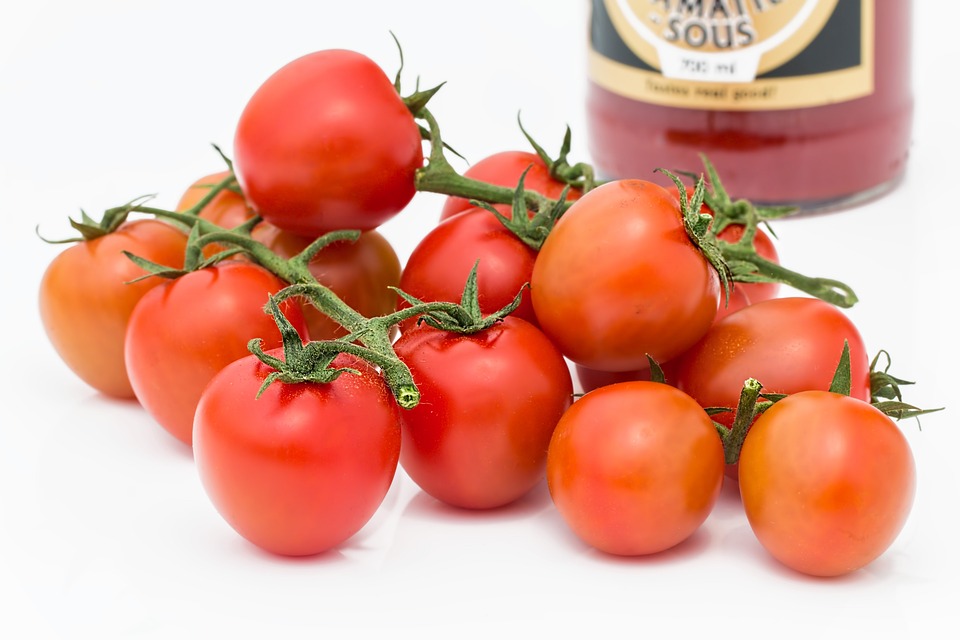[ad_1]
Soy sauce is a popular condiment that has been used in East Asian cuisine for centuries. It is a staple in Chinese, Japanese, Korean, and Southeast Asian cooking, adding a salty, umami-rich flavor to a wide variety of dishes. But how did this flavorful sauce come to be, and what is its history and origins?
Origins of Soy Sauce
The origins of soy sauce can be traced back to ancient China, where it was first developed over 2,500 years ago. The earliest form of soy sauce, known as jiang (酱), was made by fermenting soybeans with salt and water. This simple mixture was left to age and develop its flavor, creating a savory and aromatic condiment that would become a staple in Chinese cuisine.
Spread to Japan and Korea
During the Tang dynasty (618-907 AD), soy sauce made its way to Japan and Korea, where it quickly became an essential ingredient in their respective cuisines. In Japan, soy sauce, or shoyu (醤油), was further developed and refined, using a different brewing process that resulted in a milder and sweeter flavor compared to its Chinese counterpart. In Korea, soy sauce, or ganjang (간장), also became a vital component of Korean cuisine, used in a variety of dishes such as bibimbap and kimchi.
Modern Production
Today, soy sauce is produced on a large scale using modern brewing and fermentation techniques. The process typically involves mixing soybeans and wheat with a specific type of mold called koji, then combining the mixture with salt and water to create a mash. This mash is left to ferment for several months to several years, depending on the desired flavor and type of soy sauce being produced. The resulting liquid is then pressed, filtered, and pasteurized, resulting in the familiar amber-colored condiment we know as soy sauce.
Conclusion
Soy sauce has a rich and ancient history, originating in China over two millennia ago and spreading to Japan and Korea, where it became an essential ingredient in their respective cuisines. Today, soy sauce is a beloved condiment enjoyed by people all over the world, adding depth and complexity to a wide variety of dishes.
FAQs
What are the different types of soy sauce?
There are several different types of soy sauce, each with its own unique flavor profile and uses. The most common types include light soy sauce, which is thin and salty, dark soy sauce, which is thicker and sweeter, and tamari, which is a gluten-free soy sauce with a rich and mellow flavor.
Is soy sauce vegan?
Traditional soy sauce is typically vegan, as it is made from fermented soybeans, wheat, and salt. However, some commercially produced soy sauces may contain additives or preservatives that are not vegan-friendly, so it’s essential to check the label if you follow a vegan diet.
How long does soy sauce last?
When stored properly in a cool, dark place, soy sauce can last for several years. Once opened, it should be stored in the refrigerator and used within a year for the best flavor.
Is soy sauce healthy?
Soy sauce is a good source of essential amino acids and contains beneficial compounds such as antioxidants and phytonutrients. However, it is also high in sodium, so it should be consumed in moderation, especially for those watching their salt intake.
Can I use soy sauce as a substitute for other condiments?
Yes, soy sauce can be used as a substitute for other salty and savory condiments, such as fish sauce, Worcestershire sauce, or even salt in some recipes. It adds a unique depth of flavor that can enhance a wide variety of dishes.
[ad_2]




Comments